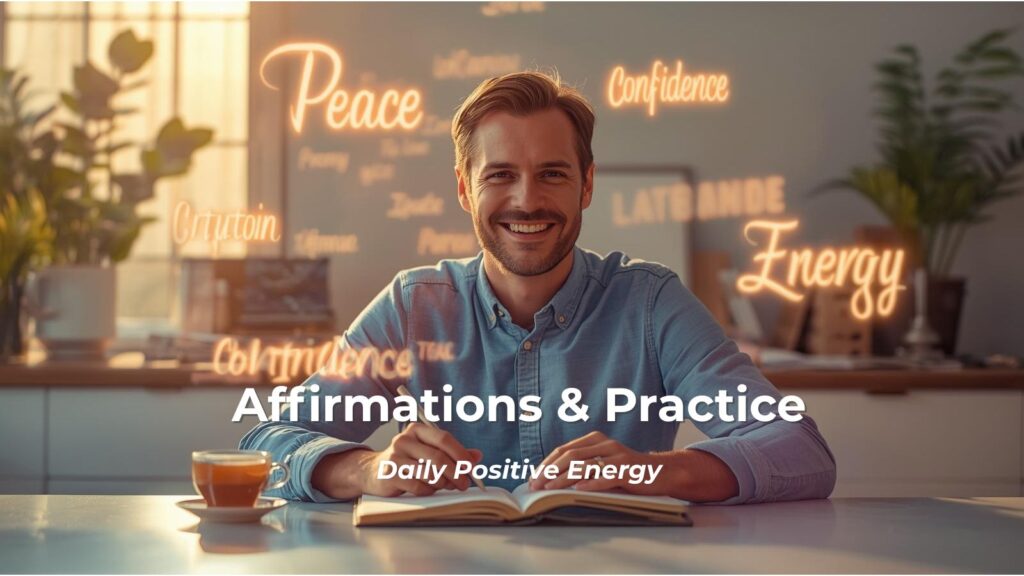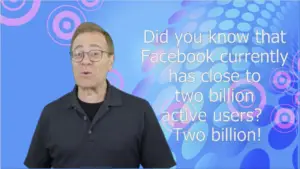Baidu becomes Google’s biggest ally in mobile page speed
Chinese search engine Baidu will soon support Accelerated Mobile Pages (AMP) in its search results, expanding the reach of AMP significantly. Columnist Hermas Ma believes the worldwide impact on mobile


